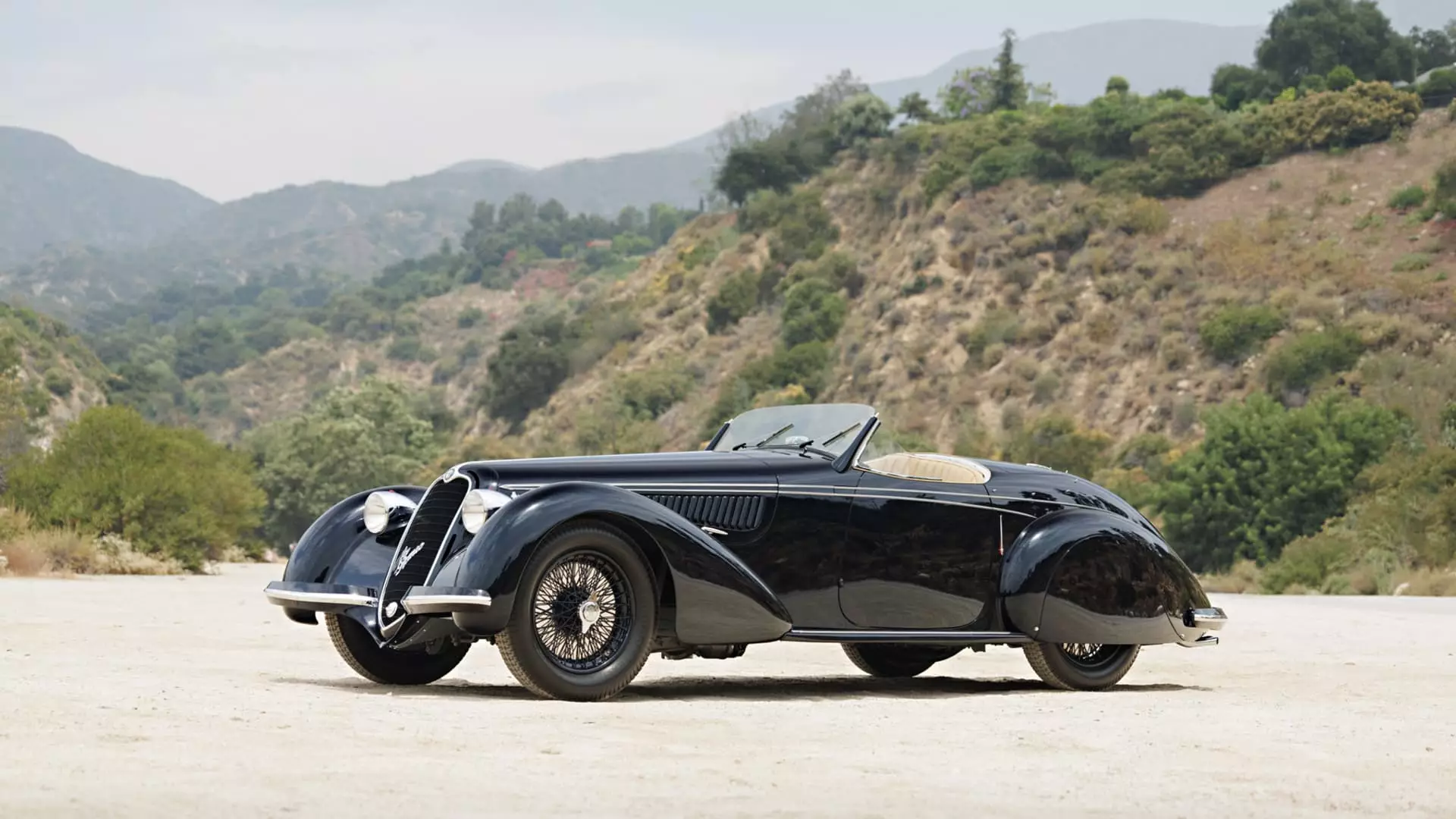The recent Monterey Car Week saw a 3% decline in auction sales compared to the previous year, signaling a shift in the market for classic cars. The total sales at five major auction houses during the event fell to $391.6 million, down from $403 million in 2023. This decline follows a 14% drop the year before, indicating a trend that is concerning for classic car enthusiasts and collectors.
One of the key factors contributing to the decline in classic car auction sales is the changing preferences of a new generation of collectors. Gen Xers and millennials are now driving the market, preferring cars from the 1980s, 1990s, and 2000s over the classic cars from the 1950s and 1960s that have traditionally been popular with baby boomers. This shift in preferences has led to a surplus of older classic cars at auctions, resulting in lower sales and prices.
Experts in the industry have pointed out that there is now an oversaturation of similar classic cars at auctions, making it difficult for sellers to attract buyers. Many of these cars have been on the market for extended periods, leading to a lack of interest and lower sales rates. The sell-through rate for pre-1981 cars priced at $1 million or more was only 52%, while newer cars had a much stronger rate of 73%. This trend indicates a clear preference for modern cars among younger collectors.
Additionally, high interest rates have also had an impact on the classic car market. The opportunity cost of buying a classic car has increased with rising interest rates, causing potential buyers to reconsider their purchases. Instead of investing in a classic car, individuals may opt to earn higher returns through other investment opportunities. This shift in mindset has further contributed to the decline in auction sales for classic cars.
Looking ahead, it is evident that the classic car market is undergoing a significant transformation. Older collectors are beginning to sell off or downsize their collections, leading to a change in the types of cars available at auctions. The rise of modern supercars and the decline in demand for classic cars from previous decades are expected to continue in the coming years. This changing landscape poses challenges for sellers and collectors alike, as they navigate the evolving market trends.
The recent decline in classic car auction sales during Monterey Car Week highlights a broader shift in the market for vintage vehicles. With changing preferences among collectors, oversaturation of similar cars at auctions, and the impact of high interest rates, the classic car market is facing challenges that will likely shape its future trajectory. As the industry adapts to these changing dynamics, it is essential for stakeholders to reevaluate their strategies and adjust to the evolving landscape of the classic car market.

